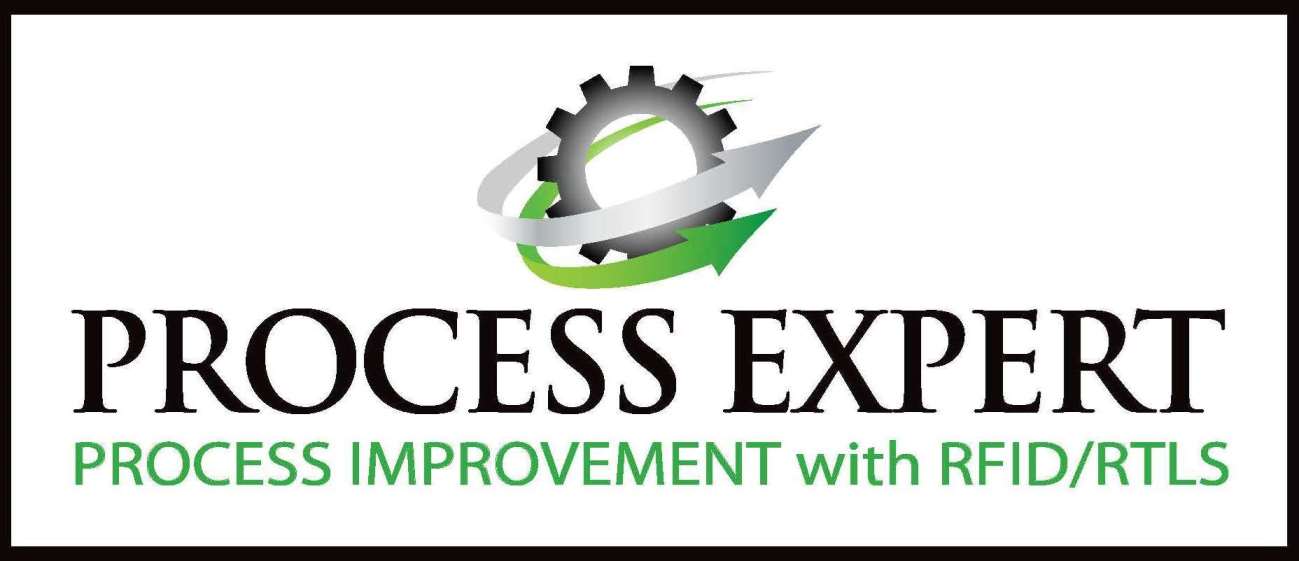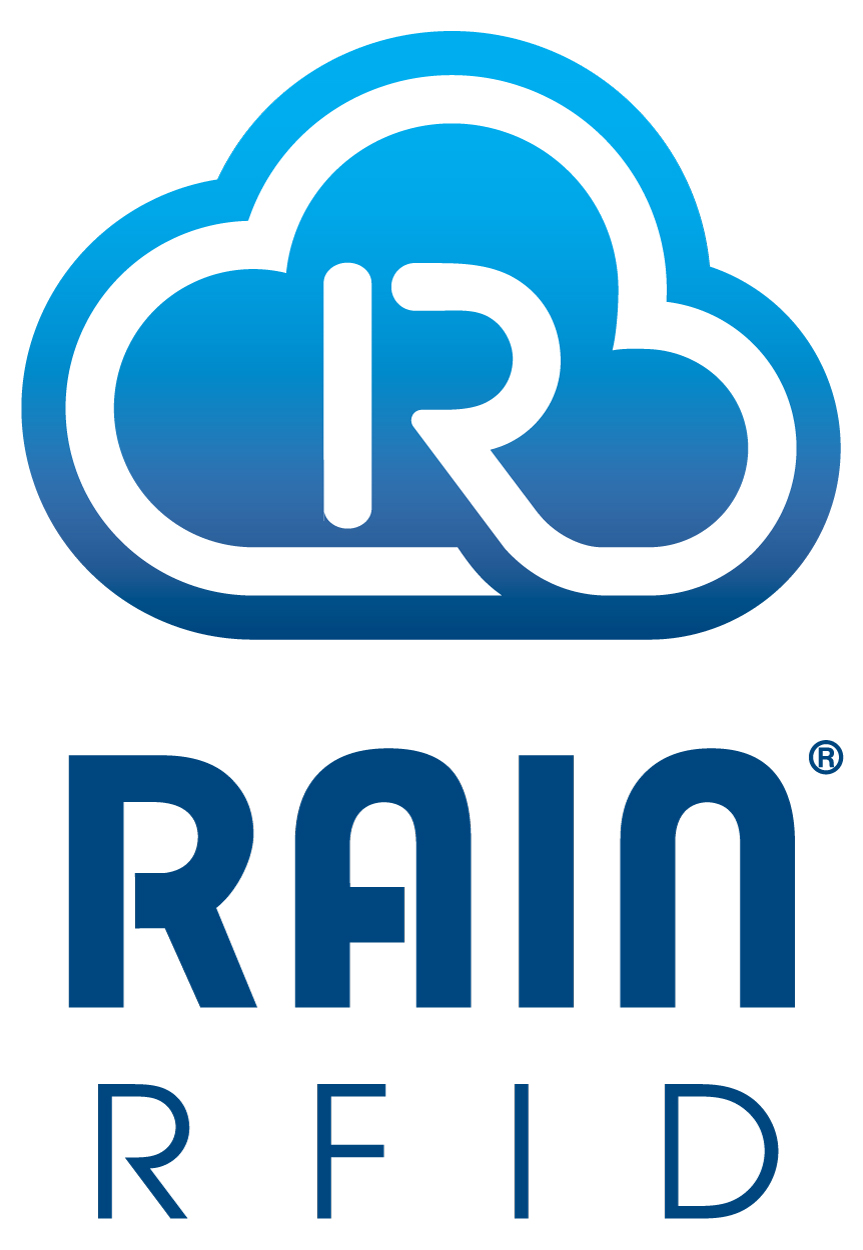Tutorial: BLE as BYOD Active RFID
Traditional active RFID deployments have typically involved tags and readers made by (or for) a single vendor, resulting in tight control over the system. With the widespread commercial adoption of Bluetooth Low Energy (BLE), today it is common to detect everything from consumer products such as smartphones, wearables and smart home electronics, to commercial and industrial products, which actively identify themselves using standardized advertising packets. Moreover, there are plenty of off-the-shelf devices capable of acting as readers, from purpose-built devices to generic single-board-computers to the smartphone in your pocket.
Topics
- How devices are identified? (48-bit address, 16 and 128-bit UUIDs, company codes, …)
- What does the BLE specification allow manufacturers to transmit?
- What about privacy? (cycling addresses, …)
- What about security? (payload protection, cloning/spoofing …)
- “Exciting” devices with the DISCOVER-SCAN functionality of BLE.
- What best practices have emerged from self-policing?
- What poor practices and serious gaffes have we observed?
- Is it possible to build a real-time location system for unknown devices?
- What tools are available? (sniffypedia.org, advlib, noble, RamBLE …)
Speaker Biography
Jeffrey is a computer engineer who has built real-time location systems (RTLS) from the ground up in the 2000s at Purelink Technologies, and then built connected, location-aware cameras at Koozoo before the IoT hype bubble. He co-founded Montreal-based reelyActive in 2012 with a vision to create a simple, accessible, cloud-based active RFID platform. The proliferation of Bluetooth Low Energy devices has morphed that vision into a bring-your-own-device RTLS enabling ubiquitous machine-contextual-awareness. An outspoken advocate for BLE as a global active RFID standard, you’ll know when he’s nearby if you have the Physical Web enabled on your mobile phone.







